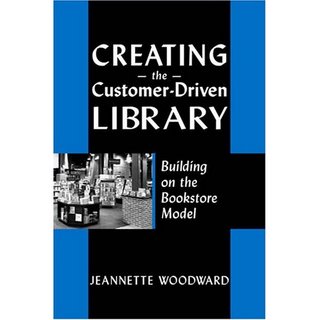 It's training week as a Graduate Academic Assistant at the Humanities and Social Sciences Division at UBC's Koerner Library. My interviewers at HSS weren't kidding when they asked me if I was prepared for boot camp during the last week of August. They were smiling when they said it, and I naively assumed they were facetious. How wrong I was!
It's training week as a Graduate Academic Assistant at the Humanities and Social Sciences Division at UBC's Koerner Library. My interviewers at HSS weren't kidding when they asked me if I was prepared for boot camp during the last week of August. They were smiling when they said it, and I naively assumed they were facetious. How wrong I was!The training has been wonderful though; it's enough to last me for the next few jobs. While I've been introduced to the wide array of areas and subjects of HSS librarianship, including maps & atlas, government publications, journals and microforms, and even numeric data files, nothing could prepare me for the reference desk training, which has been gruelling to say the least (but very educational).
One very special tool that I had taken away with me from my library and research experience at the Biomedical Branch Library at VGH, Hamber Library at the Children's and Women's Health Centre, as well as the Centre of Applied Research for Mental Health and Addictions has been my experience working with PubMed and Google Scholar.
First, Google Scholar. One handy little skill that I've picked up is finding articles which have incomplete citations. By simply typing in part of the title (with quotations around it), chances are that the article or abstract will be available. And from a campus networked computer, the link might even have full-article access via e-link. Prior to Google Scholar, this was mainly possible only through Web of Science, which was limited to the Sciences. However, Google Scholar has opened the door (if only ajar) for the humanities and social sciences.
Second, PubMed. To date, there is still no tool in the humanities and social sciences which can compare to the amazing usefulness of PubMed's ability to search for incomplete citations. At GAA training, we're taught to use a variety of methods, from going to Subject Guides to consulting Wikipedia when searching for articles with incomplete or incorrect citations. However, in the health sciences, one can simply enter the author and page number or year of publication, and voila: the article can be retrieved quite easily, and often with links to similar articles. As I am perfecting the art of searching, I keep hearkening back to PubMed and wonder, wouldn't it be more effective if we also do the same for other subject areas? With so many database vendors (Ebsco, Wilson, Lexis Nexis) all in dire competition with each other, I doubt that there will be a day when one database will do it all. Or am I wrong?









